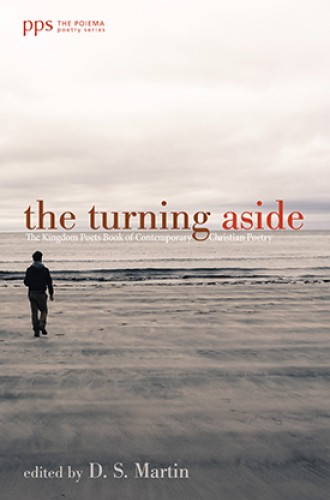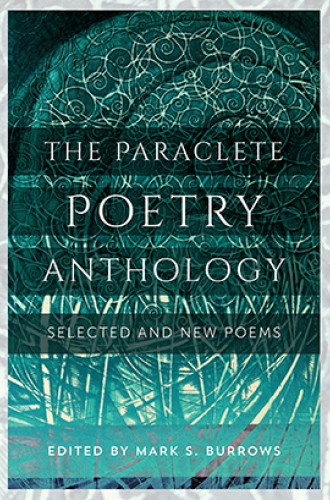The Turning Aside takes its title from a beloved poem by Welsh poet R. S. Thomas, placed as the book’s epigraph. Called “The Bright Field,” the poem begins with an image of a field illuminated by the sun, which the speaker notices and then forgets. He then admonishes himself for not treasuring that moment, for “life is not hurrying on to receding future”—
It is the turning
aside like Moses to the miracle
of the lit bush . . .
The editor, D. S. Martin, explains that all the poems he has assembled in some way pause to “turn aside.” The anthology includes the work of many of the most significant English-speaking Christian poets, including Richard Wilbur, Scott Cairns, Mark Jarman, Jeanne Murray Walker, Luci Shaw, Julia Kasdorf, Jill Peláez Baumgaertner, Les Murray, Christian Wiman, and several younger accomplished poets like Tania Runyan. I was delighted to find included one of my favorite poems, Wilbur’s “Love Calls Us to the Things of This World.” Its opening image of “the morning air . . . all awash with angels” is dazzling, even when we learn that these angels are sheets hung outside the window of a person waking.






